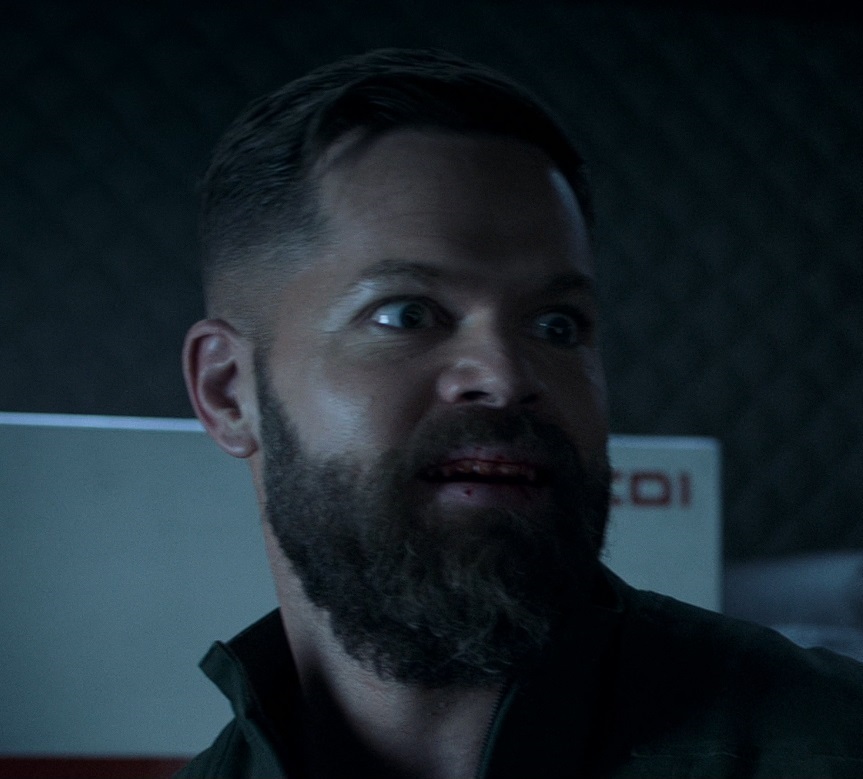Personally, I find Brown Dwarfs to be absolutely fascinating. An object that isn’t quite a planet and isn’t quite a star, but something in between.
What would one even look like? Would it look like a gas giant that’s glowing red, along with swirls of gas in its atmosphere like Jupiter? Or would it resemble a star and have a fiery surface like the sun? I prefer to imagine them as glowing gas giants but I don’t know how realistic that is.
Gas giants in general are fascinating to me as well, I really hope we send a probe into one of the gas giants with a camera before I die. I’d absolutely love to see what it looks like inside a gas giants atmosphere before the probe gets crushed by the increasing pressure as it descends.


Super Earths, because we know so little about them. They are the most common planet type (based on census from Kepler and TESS), but our solar system doesn’t have one, so we have no idea what they are like. Models and simulations give a few possible compositions, resembling mini-Neptunes, or water worlds with thick oceans, or more like Earth. Maybe all are possible. Earth-like rocky super-earths may be more geologically active than Earth, due to stronger convection and thinner crust. If they orbit a K-type dwarf, they could be candidates for super-habitable planets, with conditions even better for life than Earth.
“Super Earth, our home…”
Sorry, I get what you’re talking about but my mind has been permanently tainted to think of Helldivers now whenever I see a mention of Super Earth’s haha.
But to be serious, I agree completely. Massive rocky planets are a fascinating topic, and the idea of a planet even more habitable for life than Earth is hard to even imagine but is a fascinating concept. I’ve also read about “evaporated” gas giants, where the star’s stellar wind has blown away the thick atmosphere of a mini Neptune and left behind just the rocky core, which is thought to have a ton of water left.
Such a shame I wasn’t born in a future where we can casually explore space, that may never be a reality but I like to think it will be.
We can’t visit other star systems within our current lifetimes, but there’s no reason we can’t build bigger and better telescopes over the next few decades. That’s the next best thing, and we can do it from the comfort of our home planet!
Same here! Excuse me, I think I hear some bots…now where did I leave my autocannon…?